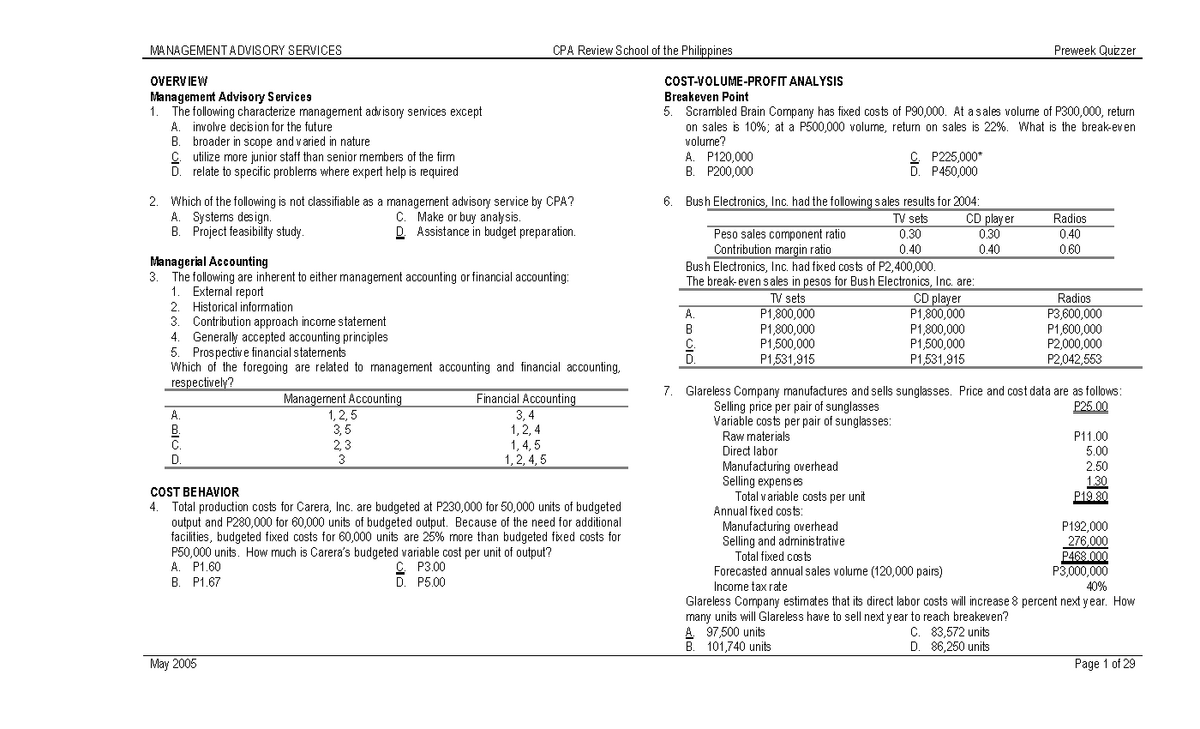



You’ll also learn how to create estimates for jobs and then use them to generate invoices as you perform the work. If you track billable hours and reimbursable expenses with QuickBooks, you can also have the program chuck those charges into the invoices you create.įinally, you’ll find out how to handle a few special billing situations, like creating invoices when products you sell are on backorder. If you send invoices for the same items to many of your customers (and don’t use the program’s multiple currencies feature), QuickBooks’ batch invoice feature can help: You select the customers, add the items you want on the invoices, and the program creates all the invoices for you. This chapter begins by explaining the differences between invoices, statements, and sales receipts-each of which is a way of billing customers in QuickBooks-and when each is most appropriate.Īfter that, you’ll learn how to fill in invoice forms in QuickBooks, whether you’re invoicing for services, products, or both. After all, if money isn’t flowing into your organization from outside sources, eventually you’ll close up shop and close your QuickBooks company file for the last time.Īlthough businesses use several different sales forms to bill customers, the invoice is the most popular, and, unsurprisingly, customer billing is often called invoicing. Telling your customers how much they owe you and how soon they need to pay is an important step in accounting. QuickBooks 2014: The Missing Manual (2014) Part II.


 0 kommentar(er)
0 kommentar(er)
